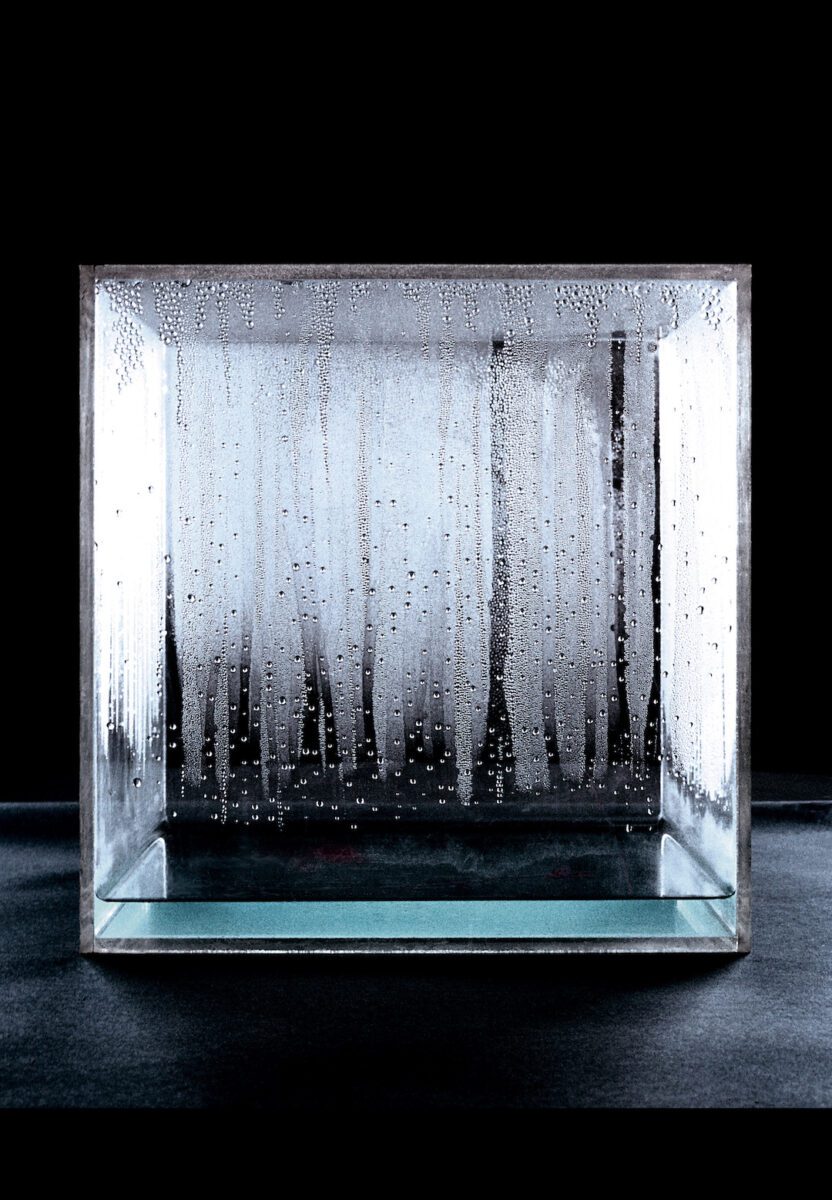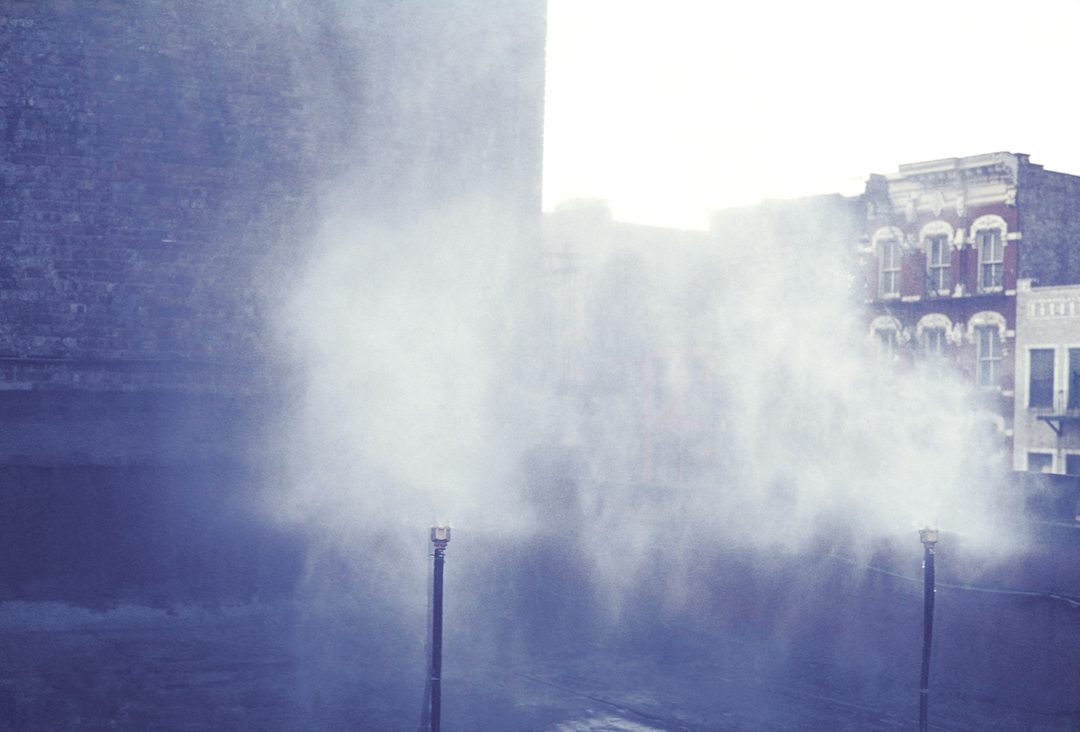Hans Haacke (b. 1936) is widely considered to be one of the most influential figures in contemporary art. Readers might remember Gift Horse (2014), which the artist developed for Trafalgar Square in London as part of the Fourth Plinth, a prestigious public art commission. The 4.5-metre-tall bronze horse skeleton sculpture was based on a study from George Stubbs’s book The Anatomy of the Horse, and was designed as a kind of “counter-monument” to other imperial statues in this square. The installation is currently at the heart of a major new retrospective at Schirn Kunsthalle in Frankfurt, shown alongside iconic early pieces from the 1960s, works that invite public participation, as well as expansive historical and political installations. With around 70 paintings, photographs, objects, installations, actions, posters, and a film, the exhibition illustrates how Haacke became so skilled at bringing conceptual ideas into the gallery.

Schirn foregrounds Haacke’s contributions to Institutional Critique – an art form that emerged in the late 1960s to look deeper into the inner workings of museums – as well as the artist’s position as an advocate of democracy and champion of public opinion. On several occasions, Haacke’s controversial contributions to current debates have been censored from exhibitions. In 1971, Shapolsky et al. Manhattan Real Estate Holdings, a Real-Time Social System, as of May 1, 1971 triggered a cultural-political scandal and artistic protests against censorship. Using photographs, tabular information and plans of 142 properties on the Lower East Side and in the Harlem district of Manhattan, Haacke exposed the dubious concentration of real estate and related practices of the Shapolsky group. This work led the director of the Guggenheim Museum, Thomas Messer, to cancel Haacke’s solo exhibition shortly before it was scheduled to open.
Now, Sebastian Baden, director of the Schirn Kunsthalle Frankfurt, says: “Haacke is a legend of political Conceptual Art whose critical practice needs to be made accessible and communicated to a broad international audience. The artist is always concerned with involving viewers, inviting them to engage in critical debate, and sensitising them to the diversity and freedom of opinion. The democratic potential of his oppositional work is especially relevant now, at a time when democracies around the world are at risk.”

There’s also a focus on Haacke’s biological and ecological works, which encourage viewers to consider the connections between natural cycles and political and social systems. These pieces, many of which were made in the 1960s, take on new relevance at a time when climate crisis is at the forefront of global conversations. One signature example is Large Condensation Cube (1963–1967), a box of acrylic glass enclosing a small amount of water. Condensation begins to form and to run down the sides of the box, changing according to the ambient light and temperature. Further “experimental setups” in the museum demonstrate the water cycle (Circulation, 1969) by means of evaporation, condensation, crystallisation and liquefaction, other air movements (Blue Sail, 1964–1965), or growth processes (Grass Grows, 1969).
Schirn Kunsthalle’s retrospective is essential viewing for anyone interested in contemporary art. Haacke transforms the gallery space into a place where questioning is encouraged, holds up a mirror to systems of power and control, whilst laying a blueprint for subsequent generations of artists, activists and thinkers.
Hans Haacke, Schirn Kunsthalle, Frankfurt | Until 9 February
Image Credits:
1. Hans Haacke, Water in Wind, 1968, C-print on aluminum, 39 x 60 cm, Courtesy the artist and Paula Cooper Gallery, New York, © Hans Haacke / VG Bild-Kunst, Bonn 2024, Photo: Hans Haacke
2. Hans Haacke, Large Condensation Cube, 1963–67, Acrylic glass, distilled water, 76.2 x 76.2 x 76.2 cm, MACBA Collection, MACBA Foundation, Gift of National Comitee and Board of Trustees Whitney Museum of American Art, © Hans Haacke / VG Bild-Kunst, Bonn 2024, Photo: Hans Haacke
3. Hans Haacke, Sky Line, 1967, C-print on aluminum, 152.4 × 99.7 cm, Edition 1/3, Courtesy the artist and Paula Cooper Gallery, New York, © Hans Haacke / VG Bild-Kunst, Bonn 2024, Photo: Hans Haacke





